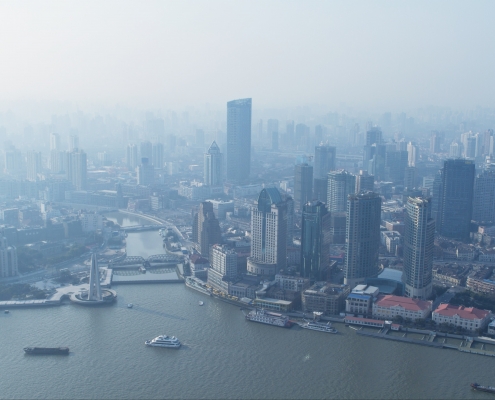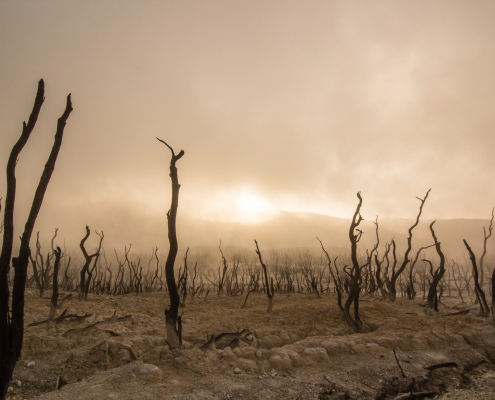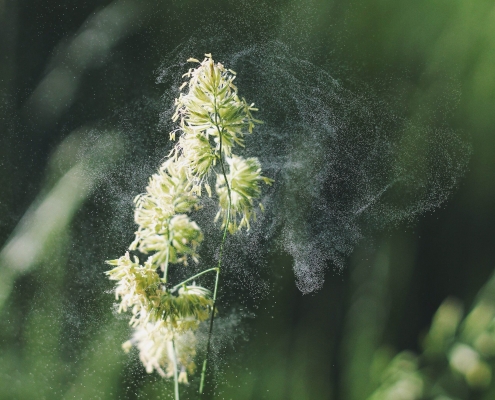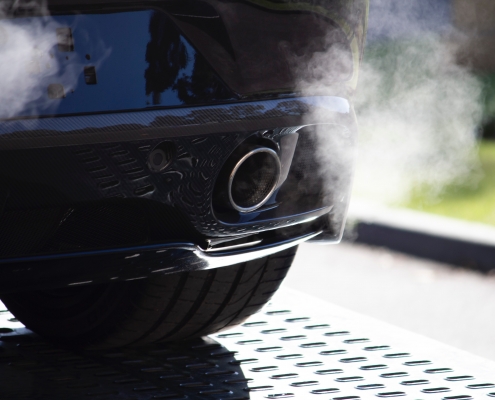 unsplash.com / Scott Graham
unsplash.com / Scott GrahamWhat to keep in mind when planning and deploying air quality sensors in your community
More and more communities around the world are starting their own air quality monitoring projects, or have already deployed air quality monitoring devices and are actively using the data. We regularly receive requests to discuss potential projects,…

2024 update to Breeze Technologies’ air quality index
At Breeze Technologies, we regularly evaluate our air quality index (AQI) based on recent scientific insights and publications from international institutions such as the World Health Organization (WHO). Our AQI is mainly developed from the…
 unsplash.com / Shane Rounce
unsplash.com / Shane RounceEngaging your community on air quality
Air pollution affects everyone, and while in many countries it remains an invisible threat, public awareness about the issue has continued to rise throughout the last decade.
Hence many of our urban air quality monitoring projects with cities…
 unsplash.com / Georgiana Avram
unsplash.com / Georgiana AvramTraditional easter fires and their impact on local air quality
Stemming from pagan and clerical roots, Easter fires (also called Paschal fires) are part of German tradition. They are typically performed around sunset on Holy Saturday or on Easter Sunday. Because there is often a larger amount of these bonfires…

The canary in the gold mine – early air quality detection
The story of the canary in the gold mine is one that is an important part of British History. Similarly, this expression, once part of an important discovery, can be said as the same thing as early air quality detection. What is the history…
 unsplash.com / Vlad Deep
unsplash.com / Vlad DeepFuture use cases for air quality data: air quality as a dimension of (re-)insurance
As part of the InterLuft project, we are envisioning future use cases of ubiquitous air quality data in our cities: This article is part of a series of visions of the future and thought experiments on how our surroundings might become more environmentally…

Do plants improve air quality?
According to an often-quoted study conducted by NASA, house plants have been found to purify the air and remove “up to 87% of the amount of toxins in the air”. Recent studies, however, have cast doubt on these statements finding that indoor…
 unsplash.com / Sahej Brar
unsplash.com / Sahej BrarFuture use cases for air quality data: individual health, air pollution exposure and asthma alerts
As part of the InterLuft project, we are envisioning future use cases of ubiquitous air quality data in our cities: This article is part of a series of visions of the future and thought experiments on how our surroundings might become more environmentally…

The connection between the different air pollutants
When it comes to the subject of air pollution, not many people realize that the different air pollutants are very much interconnected. Reactions between various compounds under the right circumstances will form different pollutants, thus exacerbating…

How air pollution causes acid rain
Acid rain, or acid deposition, is a broad term that includes any form of precipitation with acidic components that fall to the ground from the atmosphere in wet or dry forms. How can rain be acidic, and what are the effects of acid rain? What…

How to measure pollen
Pollen exposure is one cause of asthma attacks for people prone to them. Breathing in pollen can also cause certain other respiratory symptoms such as sneezing, congestion, and a runny nose. Climate changing is constantly shifting pollen levels,…

Everything to know about nitrogen dioxide (NO2)
Nitrogen dioxide (NO2) is a chemical compound part of a group of highly reactive gases known as oxides of nitrogen or nitrogen oxides (NOx). It is a common air pollutant recognized by many standard air quality guidelines, including the World…
